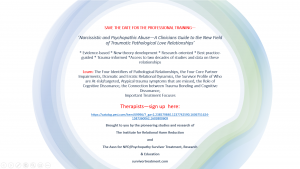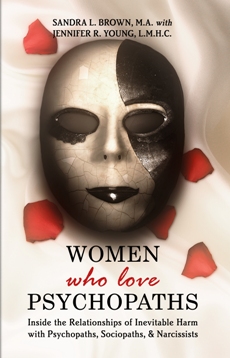Many aspects of PTSD are evident in invisible but serious physical disruptions due to the traumatic event(s). These disruptions contribute to serious problems such as depression, insomnia, and OCD; but recent advances have made it possible not only to identify these changes but to treat them in safe and effective ways. Ongoing stress, as well as a poor diet, genetics and environmental influences, can disrupt the inherent balance of the two main types of neurotransmitters (NTs). Excitatory neurotransmitters are the gas pedal that moves things along throughout our entire body. Inhibitory neurotransmitters calm us down, and function like brakes when it is normally time for the excitatory NTs to wind down.
Frequently, among people with PTSD, the levels of these NTs are out of balance. This can lead to:
|
Excitatory Neurotransmitters
|
|
| High Levels | Low Levels |
| * restlessness | * fatigue |
| * insomnia | * irritability |
| * poor concentration | * clouded thinking |
| * emotional lability | * poor focus |
| * racing thoughts | |
| * anxiety, OCD or panic attacks | |
|
Inhibiting or Calming Neurotransmitters
|
|
| High Levels | Low Levels |
| * insomnia | * headaches |
| * anxiety | * headaches |
| * hyperactivity | * carbohydrate cravings |
| * depression | |
| * headaches | |
| * insomnia | |
| * carbohydrate cravings | |
| * anxiety | |
| * irritability | |
Notice the overlap of symptoms, as many imbalanced patterns reinforce and compound one another.
It is not surprising that many people with PTSD are diagnosed with bipolar disorder, anxiety disorders, and/or clinical depression. Psychiatric medications are usually prescribed. However many people are looking for effective and safe alternatives.
There are alternatives-exercise, meditation, yoga, and other behavioral “stress busters.” The only problem is getting motivated to do these things, no easy task when you are riddled with anxiety or paralyzed by depression.
One viable alternative is amino acid therapy. Usually, a urine sample is sent to a lab and based on the results an individualized program of amino acids is suggested. NeuroScience is one company providing this service to health care providers:
https://www.neurorelief.com/index.php?option=com_content&task=section&id=9&Itemid=51
Most insurance companies pay for these tests but not for supplements. A three-month supply typically costs $150-250. Results begin within a week to three weeks. Most people with PTSD take these supplements for at least 6 months.
Because PTSD is associated with many other physical problems, such as hypothyroid conditions, hypertension, headaches, I encourage these clients to
- have a thorough physical exam if they haven’t done so recently, and
- have their cortisol levels checked.
Cortisol (AKA adrenaline) and other chemical messengers are produced by the adrenal glands in response to stress. The symptoms of cortisol imbalances, as well as treatment options, will be discussed next month.
In my experience, clients who are struggling with PTSD find the combination of amino acid supplementation, adrenal support for cortisol imbalances, and neurofeedback training, http://www.youtube.com/watch?v=JZ-wX7kLBr4 to provide resolution of symptoms such as insomnia, anxiety, depression and irritability.
Providing naturally occurring supplements for NT and cortisol imbalances corrects these imbalances at a fundamental level. This creates an opportunity to return to better health. Supplement use is generally time limited unlike their chemical counterparts, which are often taken for years.
The decrease and resolution of PTSD related symptoms such as panic attacks, flashbacks, depression, OCD, cognitive deficiencies, behavioral problems, etc., makes it easier to do the hard work of psychotherapy. Effective therapy helps recovery and healing, and should, whenever possible, help the client change the situation that created the PTSD in the first place. Identifying and treating the physiological effects of PTSD is a fundamental first step in this process.

 In contrast, this week was Cody’s birthday. I am reminded of my foster son Cody’s character that died at the ripe old age of 25. He was a young guy who ironically in this day and age, never succumbed to the sex and drug culture.
In contrast, this week was Cody’s birthday. I am reminded of my foster son Cody’s character that died at the ripe old age of 25. He was a young guy who ironically in this day and age, never succumbed to the sex and drug culture.






